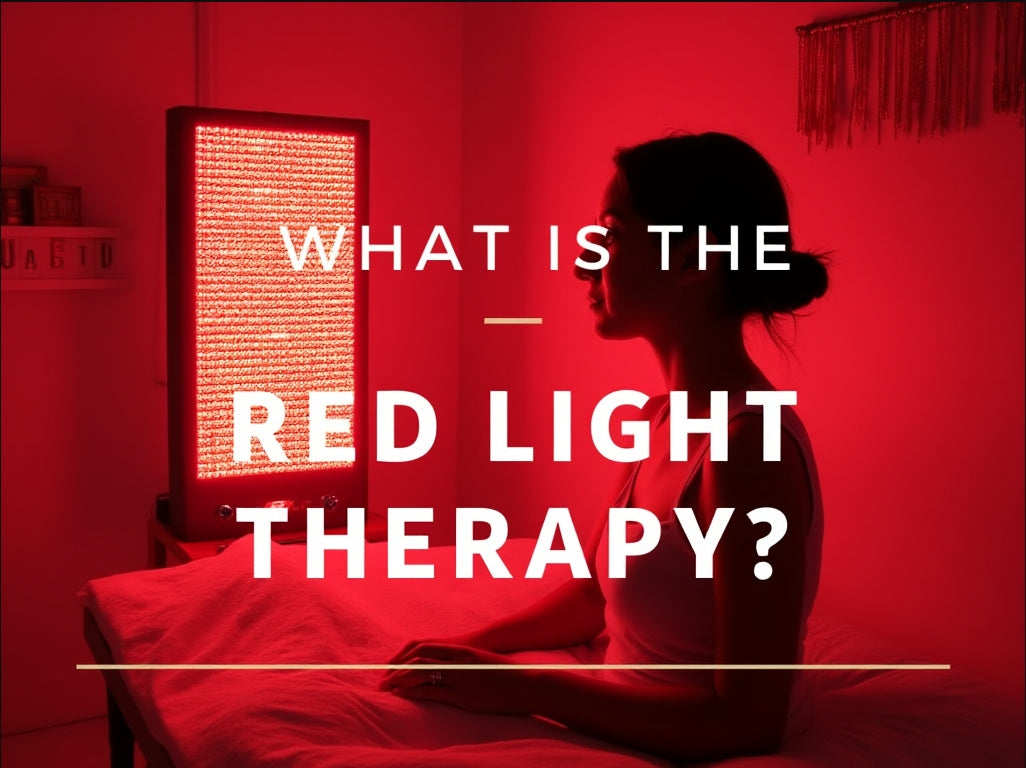Red light therapy (RLT) has gained significant popularity in recent years as a non-invasive treatment option for various health and beauty concerns. From skincare to pain management, this innovative therapy harnesses the power of specific wavelengths of light to stimulate cellular activity and promote healing. With its growing acceptance in both medical and aesthetic fields, understanding the origins, principles, and benefits of red light therapy is essential for anyone interested in exploring this therapeutic modality.
The Origin and History of Red Light Therapy
The roots of red light therapy can be traced back to the mid-20th century when Hungarian scientist Endre Mester first discovered its healing properties. In the 1960s, Mester began experimenting with low-level laser therapy (LLLT) to promote wound healing and tissue repair. His pioneering work laid the foundation for further research into the effects of light on biological tissues.
In the years that followed, various studies emerged, demonstrating the potential of red light therapy to alleviate pain, reduce inflammation, and enhance tissue regeneration. According to a review published in the Journal of Pain Research, researchers have explored the mechanisms of photobiomodulation (PBM), which refers to the use of red and near-infrared light to stimulate healing and reduce pain (Hamblin, 2017).
Today, red light therapy is widely used in clinical settings, beauty salons, and even at home, thanks to the development of portable devices and wraps designed for personal use.
The Basic Principles of Red Light Therapy
Red light therapy operates on the principle that specific wavelengths of light can penetrate the skin and affect cellular processes. When red light is absorbed by the skin, it primarily targets the mitochondria, the energy-producing organelles within cells. This interaction leads to several beneficial effects:
- Increased ATP Production: The absorption of red light enhances the production of adenosine triphosphate (ATP), the energy currency of cells. Increased ATP levels allow cells to function more efficiently, promoting healing and regeneration (Cleveland Clinic).
- Improved Blood Circulation: Red light therapy facilitates vasodilation, which widens blood vessels and improves blood flow. Enhanced circulation delivers oxygen and nutrients to tissues while aiding in the removal of metabolic waste products, promoting overall skin health (Blush and Grey).
- Collagen Synthesis: Red light therapy stimulates collagen production, a protein essential for maintaining skin structure and elasticity. This process leads to firmer, smoother skin and can help reduce the appearance of fine lines and wrinkles (WebMD).
- Reduction of Inflammation: RLT exerts anti-inflammatory effects by modulating cytokine levels and inhibiting inflammatory mediators. This makes it an effective option for soothing irritated or inflamed skin conditions such as acne, rosacea, and eczema (Hamblin, 2017).
- Accelerated Wound Healing: By promoting cellular regeneration and collagen deposition, red light therapy accelerates the healing process for wounds, cuts, and surgical incisions. It can also minimize scar formation, resulting in smoother, less noticeable scars (Blush and Grey).
Conclusion
Red light therapy represents a promising therapeutic option for a variety of health and beauty concerns. With its origins rooted in scientific research and its principles grounded in cellular biology, RLT has demonstrated significant potential in promoting healing, reducing pain, and enhancing skin health. As interest in this innovative therapy continues to grow, it opens the door for further exploration and application in both clinical and personal settings.
For those interested in experiencing the benefits of red light therapy, exploring products such as red light therapy belts can be an excellent starting point. These devices offer a convenient way to incorporate RLT into daily routines, providing targeted treatment for various conditions. To learn more about available products, visit the OMYGUARD Red Light Therapy Belt Collection.
As research continues to support the efficacy of red light therapy, it is poised to become a staple in health and wellness practices, providing individuals with effective, non-invasive solutions for their health concerns.
References
- Hamblin, M. R. (2017). Mechanisms and applications of the anti-inflammatory effects of photobiomodulation. Journal of Pain Research.
- Cleveland Clinic. (n.d.). Red Light Therapy: Benefits, Side Effects & Uses.
- WebMD. (n.d.). Red Light Therapy: Effectiveness, Treatment, and Risks.
- Blush and Grey Med Spa. (n.d.). The Science and Benefits of Red Light Therapy.
